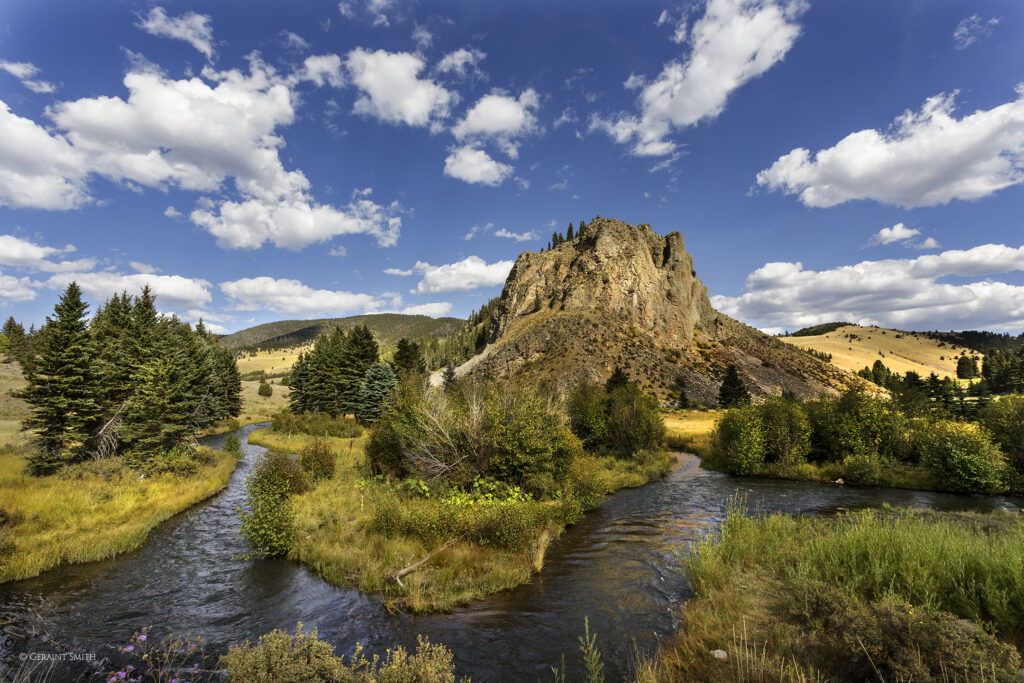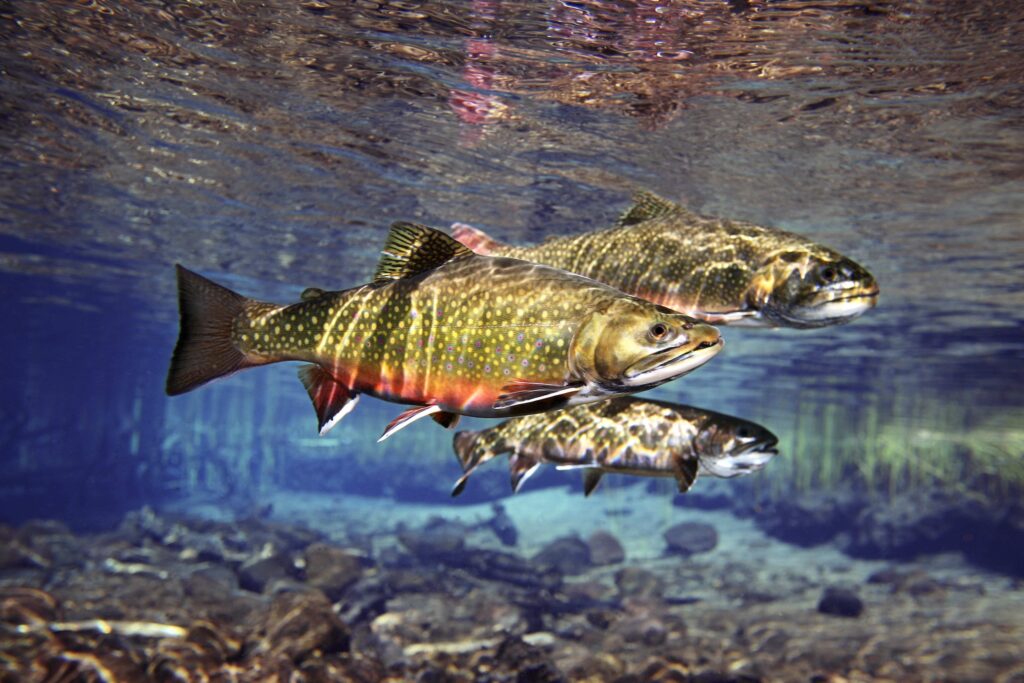America’s Most Endangered Rivers of 2019 spotlights climate change threats
Climate change and the rising temperatures, droughts, floods, and impacts to water quality it brings with it threatens to undermine the ecological health of rivers across the country.
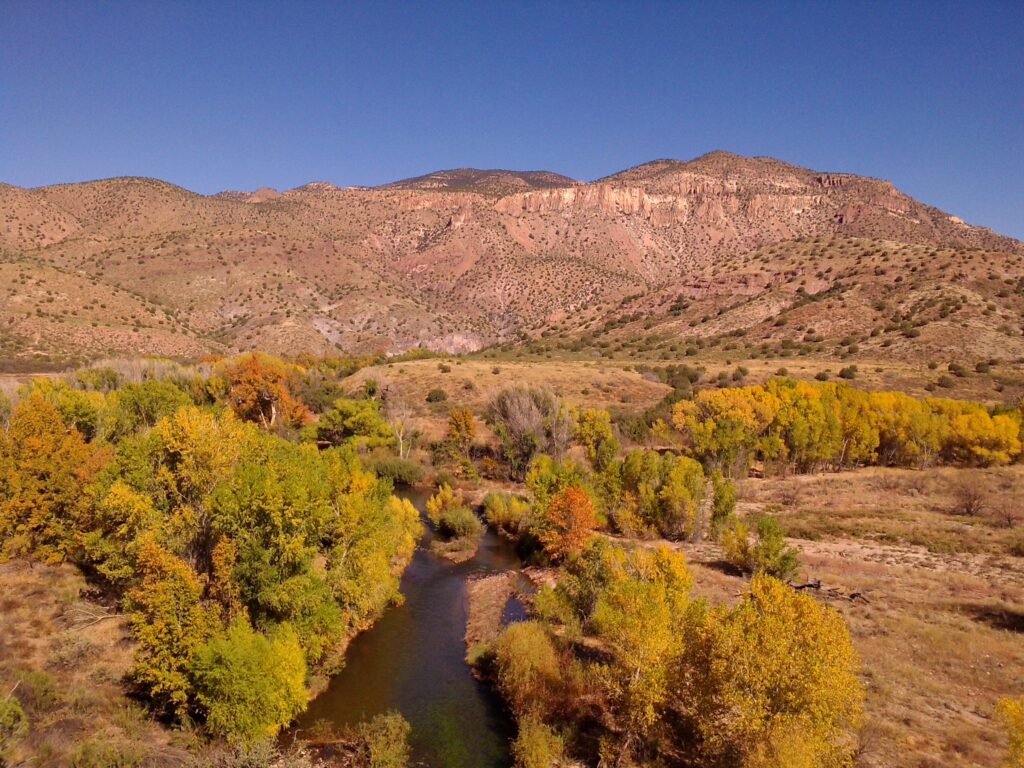
Flooding, drought, storm surge and sea level rise: America’s Most Endangered Rivers® of 2019 spotlights the threat that climate change poses to rivers, clean water supplies, public safety and communities nationwide.
From water scarcity on New Mexico’s Gila River, named the #1 Most Endangered River in the country, to sea-level rise on the Hudson and flooding on the Upper Mississippi, America’s Most Endangered Rivers of 2019 illustrates what’s at stake and the choices facing communities.
Now in its 34th year, America’s Most Endangered Rivers® is a call to action. It spotlights rivers at a crossroads, where key decisions in the coming months will determine the rivers’ fates. Get the full report and take action.
Climate change is the most consequential environmental challenge facing our planet. In the U.S., cities are struggling to do more with less water, fish and wildlife are struggling to survive, forest fires are growing more destructive and storms are triggering more life-threatening floods. Just last month, record flooding across the Midwest killed at least four people and cost more than $3 billion in property damages in Nebraska and Iowa. The harshest impacts of climate change are often most prevalent in communities of color and economically disadvantaged communities.
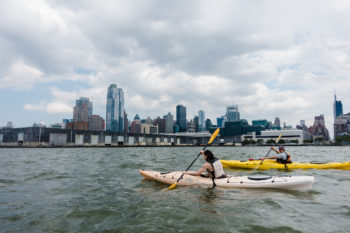
The Hudson River | Photo by Dan Nguyen
The National Climate Assessment released in 2018 states, “Water quality and water supply reliability are jeopardized by climate change in a variety of ways that affect ecosystems and livelihoods…Very heavy precipitation events have increased nationally and are projected to increase in all regions. The length of dry spells is projected to increase in most areas, especially the southern and northwestern portions of the contiguous United States.”
The top three rivers in America’s Most Endangered Rivers of 2019 demonstrate how climate change is already having an impact, and how our actions will either weaken or strengthen river communities:
- #1 Gila River – The Southwest is becoming hotter and drier due to climate change. Building a costly new diversion and compromising river health doesn’t make sense when there are cheaper, more effective water supply alternatives for the region.
- #2 Hudson River – Rising sea levels resulting from climate change threaten New York City. Instead of installing massive storm-surge barriers that would damage this rich estuary ecosystem, we must find better, more reliable and flexible solutions to protect people and property.
- #3 Upper Mississippi River – Increased flooding is occurring throughout the Upper Mississippi basin due to climate change. Choking the river with new levees and traditional flood control structures threatens public safety by making flooding worse downstream.
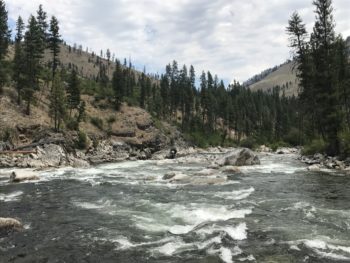
The South Fork Salmon River | Photo by Nate Ostis
Climate change and the rising temperatures, droughts, floods, and impacts to water quality it brings with it threatens to undermine the ecological health of rivers across the country. America’s Most Endangered Rivers of 2019 are jeopardized by pollution, urban sprawl, mining, poor infrastructure management as well as drought and floods. Protecting and restoring rivers to ensure their resilience in the face of such threats is essential to meeting the challenge of climate change.
Our nation is at a crossroads. If we continue to degrade and abuse our rivers, we will compromise our ability to deal with increasingly severe droughts and floods. But if we protect and restore our rivers in thoughtful and equitable ways that do not perpetuate the mistakes of the past, we can strengthen our communities and create a more secure future.
AMERICA’S MOST ENDANGERED RIVERS® OF 2019
#1 Gila River, New Mexico
Gov. Lujan Grisham must choose a healthier, more cost-effective way to provide water to agriculture than by drying up the state’s last major free-flowing river.
#2 Hudson River, New York
The U.S. Army Corps of Engineers must consider effective, nature-based alternatives to storm-surge barriers that would choke off this biologically rich tidal estuary.
#3 Upper Mississippi River, Illinois, Iowa, Missouri
State and federal agencies must enforce laws that prohibit illegal levees, which increase flood risk for communities and degrade vital fish and wildlife habitat.
#4 Green-Duwamish River, Washington
Local leaders must produce a flood protection plan that safeguards communities and restores habitat for chinook salmon — fish that are essential to the diet of Puget Sound’s endangered orca whales.
#5 Willamette River, Oregon
The U.S. Army Corps of Engineers must immediately improve 13 dams to save wild chinook salmon and steelhead from going extinct.
#6 Chilkat River, Alaska
The Japanese investment firm, DOWA, must do the responsible thing and back out of a mining project that could decimate native salmon.
#7 South Fork Salmon River, Idaho
The U.S. Forest Service must safeguard endangered fish by denying a mining proposal that could pollute this tributary of the Wild and Scenic Salmon River.
#8 Buffalo National River, Arkansas
Gov. Hutchinson must demand closure of an industrial hog-farming facility that pollutes groundwater and threatens endangered species.
#9 Big Darby Creek, Ohio
Local leaders must use state-of-the-art science to craft a responsible development plan that protects this pristine stream.
#10 Stikine River, Alaska
The International Joint Commission of the United States and Canada must protect the river’s clean water, fish and wildlife, and indigenous communities by stopping harmful, polluting mines.


